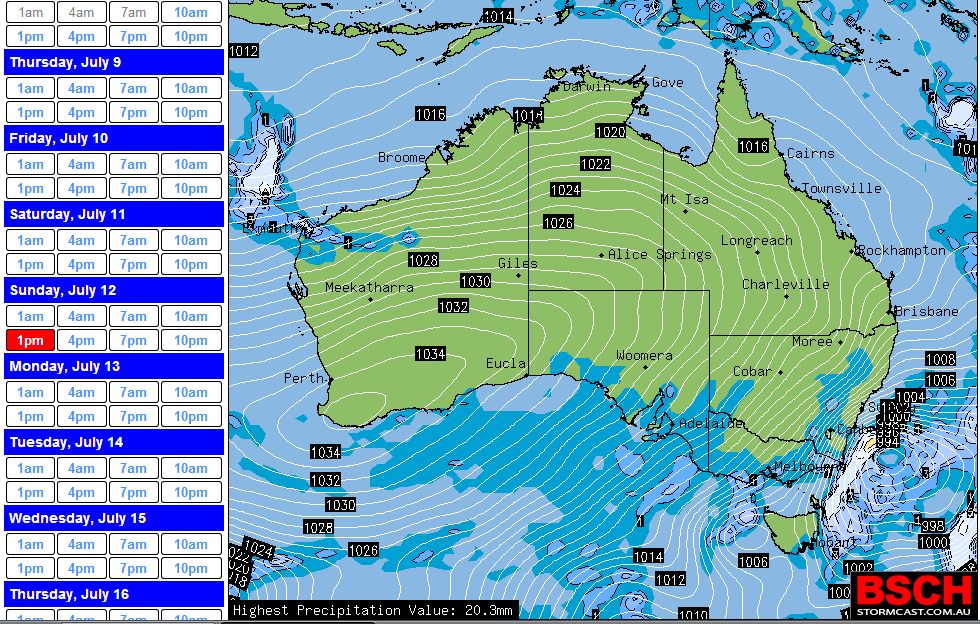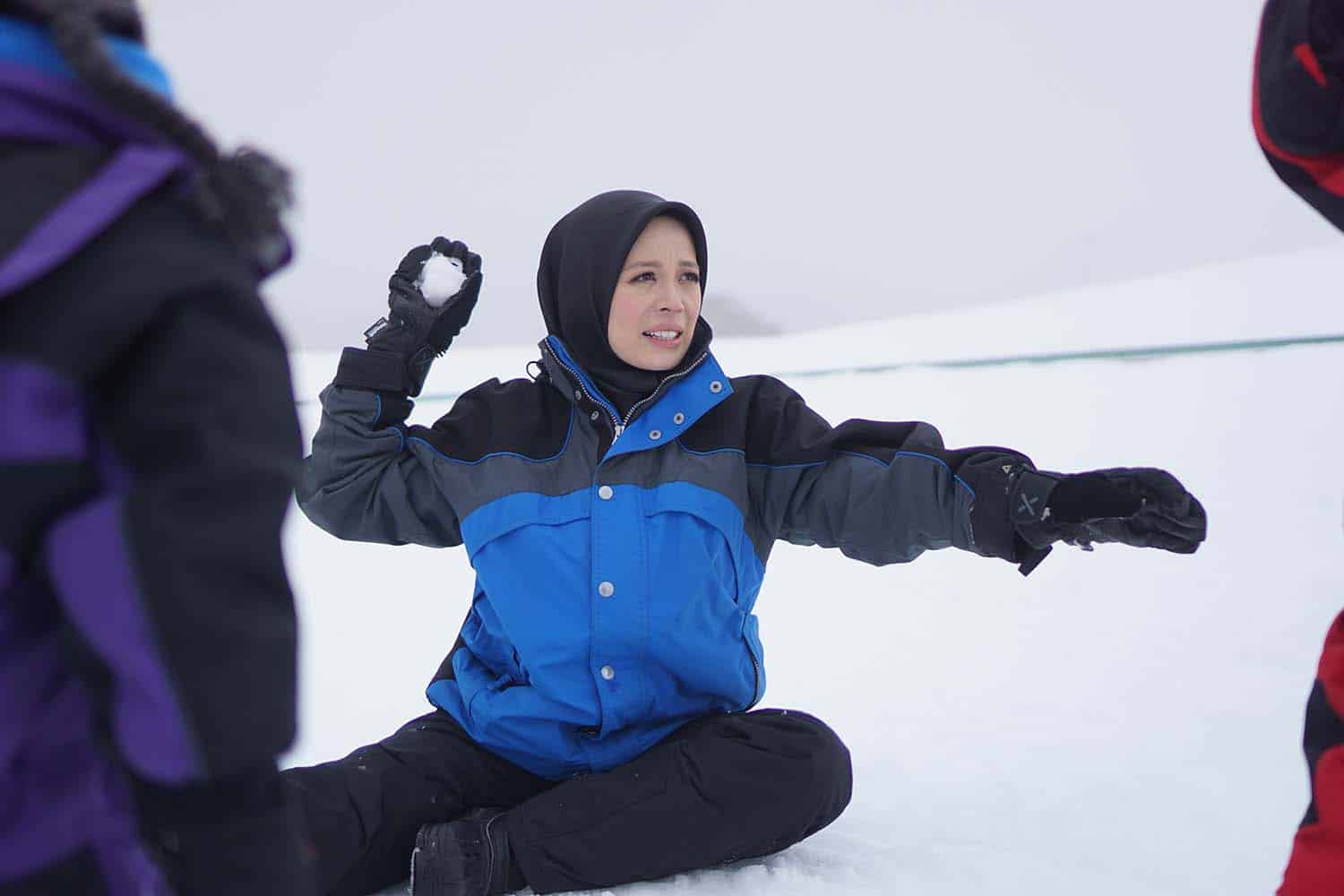Discover the Ideal Periods of Year to See Snow In Australia Firsthand
Discover the Ideal Periods of Year to See Snow In Australia Firsthand
Blog Article
The Various Types of Snow in Australia and Their Effect On Wintertime Sports
Australia, recognized for its sun-soaked beaches, is likewise home to a diverse variety of snow conditions that considerably influence winter season sports. Each kind, from the damp seaside snow to the dry indoor powder, offers special difficulties and benefits for athletes. An understanding of these variants is crucial for those seeking to navigate the Australian inclines, as each calls for different methods and durability. The complying with exploration will certainly go over the effects of these snow types on winter season sporting activities performance.

Comprehending the Features of Various Snow Types
While several assume that snow is an uniform entity, it is vital to comprehend that there are different types, each with special qualities. In Australia, these variations are particularly noticable due to climatic variety. Coastal snow, discovered in areas such as the Snowy Mountains, is usually wetter and denser because of high wetness web content, making it excellent for snowball fights or developing snowmen. On the other hand, the snow located in the interior regions like the Australian Alps is drier and lighter, typically contrasted to a cosy powder. These distinctions in snow type aren't just aesthetic; they considerably impact winter months sporting activities, dictating the ease of movement, the rate achievable, and the level of control called for from athletes.
The Impacts of Powder Snow on Winter Sports and Snowboarding
In spite of its light and fluffy look, powder snow in the Australian Alps offers both special difficulties and possibilities for winter months sports lovers, especially those engaged in winter sports and snowboarding. The forgiving and smooth surface of powder snow additionally decreases danger of injury during falls, making it a recommended option for extreme winter season sporting activities.

The Difficulties and Advantages of Packed Snow in Wintertime Sports
Changing emphasis from the loose, dry powder snow, an additional prevalent type of snow in the Australian Alps is stuffed snow, presenting its own set of obstacles and advantages in the realm of winter season sports. This denser, much more solidified kind of snow gives a faster, slicker surface, profiting sporting activities like downhill winter sports and snowboarding, enhancing speed and precision. However, the same features additionally present difficulties. Its difficult surface area can be high-risk, enhancing the possibility for injuries throughout falls. Furthermore, regulating and navigating turns rate can be tough on packed snow, requiring greater skill levels from professional athletes. Despite these challenges, packed snow stays an important element in lots of wintertime sporting activities, shaping the performance and strategies of professional athletes.
The Function of Wet Snow in Australian Winters Months Games
In contrast to the dense, glossy surface area of stuffed snow, damp snow plays a completely over at this website different function click for more info in Australian winter season video games. Snow In Australia. Its pliability makes it excellent for snow sculpting occasions and for strengthening snow structures in sporting activities like snow ft battles.

Exactly How Slushy Snow Influences Wintertime Sports Performance
Continuing the expedition of differing snow conditions in Australia, the impact of slushy snow on winter sports is one more intriguing variable. Slushy snow, resulting from warmer temperatures or direct sunlight, positions special obstacles to athletes. Thus, slushy snow transforms the winter season sporting activities landscape, requiring not only heightened physical effort from professional athletes but also a greater emphasis on safety preventative measures.
Adapting Winter Months Sports Techniques to Different Snow Problems

Final Thought
In conclusion, Australia's diverse snow kinds considerably influence wintertime sports efficiency. Each type, from the glossy seaside snow to the drier indoor powder and the hefty, sticky damp snow, offers unique obstacles and benefits.
Changing focus from the loose, dry powder snow, one more common kind of snow in the Australian Alps is packed snow, posturing its own collection of challenges and advantages in the world of winter sports - Does It Snow In Australia.In contrast to the dense, slick surface area of jam-packed snow, damp snow plays a completely various duty in Australian wintertime video games. Its pliability makes it optimal for snow sculpting occasions and for strengthening snow frameworks in sports like snow fort fights.Proceeding the exploration of varying snow conditions in Australia, important link the impact of slushy snow on winter sporting activities is one more interesting variable. Each kind, from the glossy seaside snow to the drier interior powder and the hefty, sticky wet snow, presents distinct challenges and advantages
Report this page